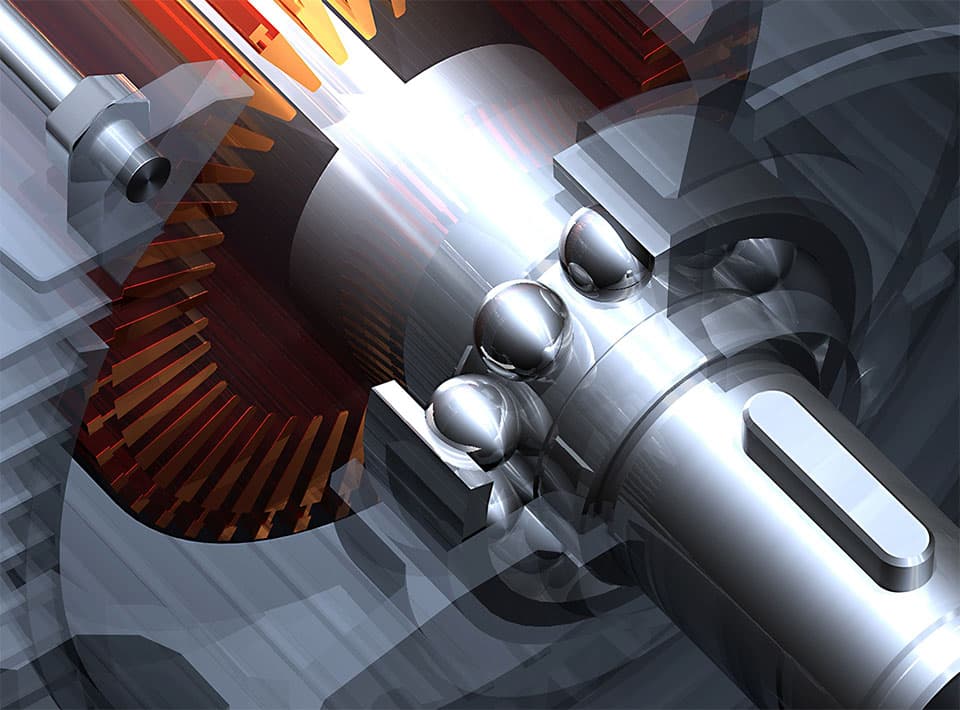Why liquids with particles are not suitable for gear pumps
Gear pump is a common liquid conveying equipment widely used in various industrial fields. However, granular liquids have a significant impact on gear pump operation and life.
Effect of granular liquids on gear pumps
A gear pump delivers liquid through the rotation of a pair of meshing gears. Its working principle is simple and efficient, but it has higher requirements on the conveying medium. The use of granular liquids in gear pumps will bring about the following main problems:
1. Increased wear and tear
Solid particles in granular liquids can cause severe wear to the internal components of gear pumps. Components such as gears, bearings and pump casings are constantly rubbing against particles under high pressure and high speed operation, resulting in gradual wear of the material surface. Not only does this reduce the efficiency of the pump, but it also shortens its lifespan.
2. Risk of clogging
Granular liquids tend to accumulate in the narrow channels and gear gaps of the gear pump, causing blockage. Once a blockage occurs, the flow and pressure of the pump will drop significantly, which may even lead to complete failure of the pump. Particularly when dealing with high-viscosity liquids, particles are more likely to aggregate, increasing the risk of clogging.
3. Hydraulic impact
When particle liquid flows in a gear pump, the particles will disturb the liquid flow and cause hydraulic shock. This impact will not only affect the stable operation of the pump, but may also cause vibration and noise, further damaging the structure and performance of the pump.
4. Seal failure
Gear pumps often rely on precision mechanical seals to prevent fluid leakage. Solid particles in granular liquids can cause wear on the sealing surface, causing seal failure. Once the seal fails, liquid leakage will not only pollute the environment, but may also cause safety hazards.
Solution
In order to handle granular liquids in a gear pump, several measures can be taken:
1. Pre-filtration: Before the liquid enters the gear pump, use a filter to remove particulate matter and reduce the risk of wear and blockage of the pump. We recommend 400 mesh
2. Material selection: Select wear-resistant materials to manufacture key components of the gear pump to improve its wear resistance.
3. Regular maintenance: Regularly inspect and maintain the gear pump, and clean internal particles in a timely manner to ensure the normal operation of the pump.
Particulate liquids have a significant negative impact on gear pump operation and life. These problems can be mitigated to some extent by taking appropriate preventive and maintenance measures. However, choosing a pump type suitable for handling granular liquids, such as a progressive cavity pump or a diaphragm pump, may be a more effective solution in the long term.

